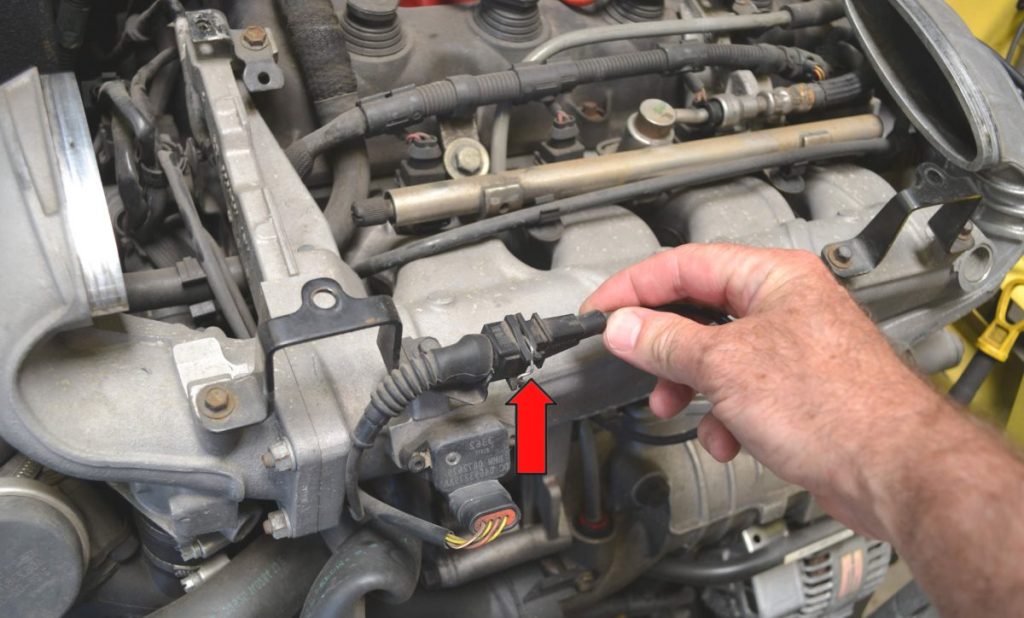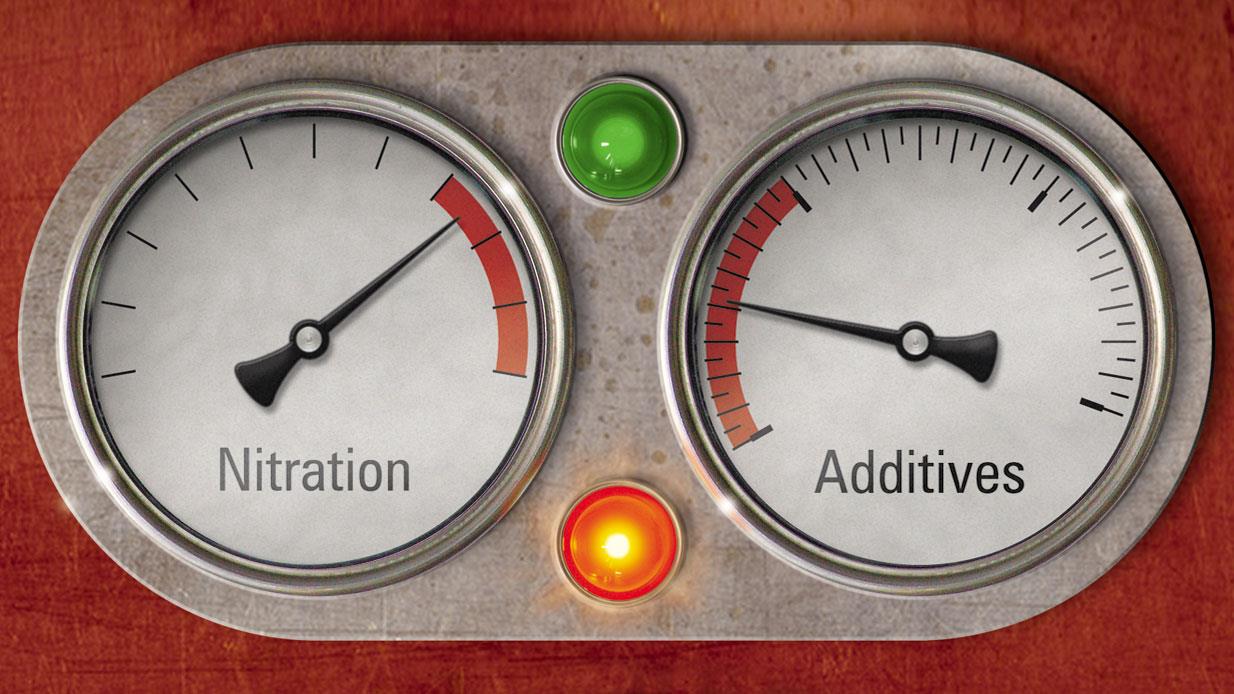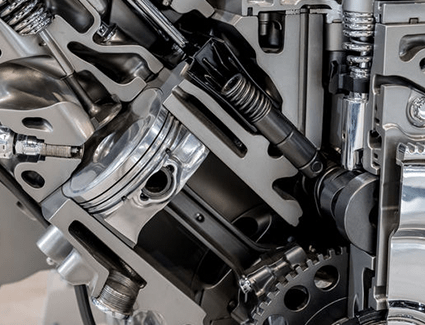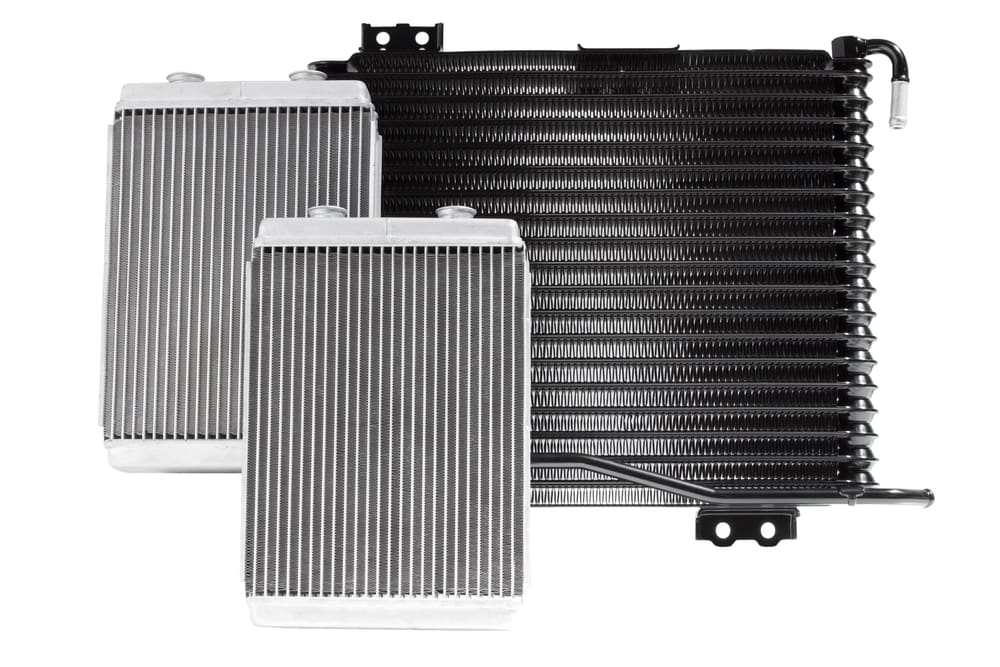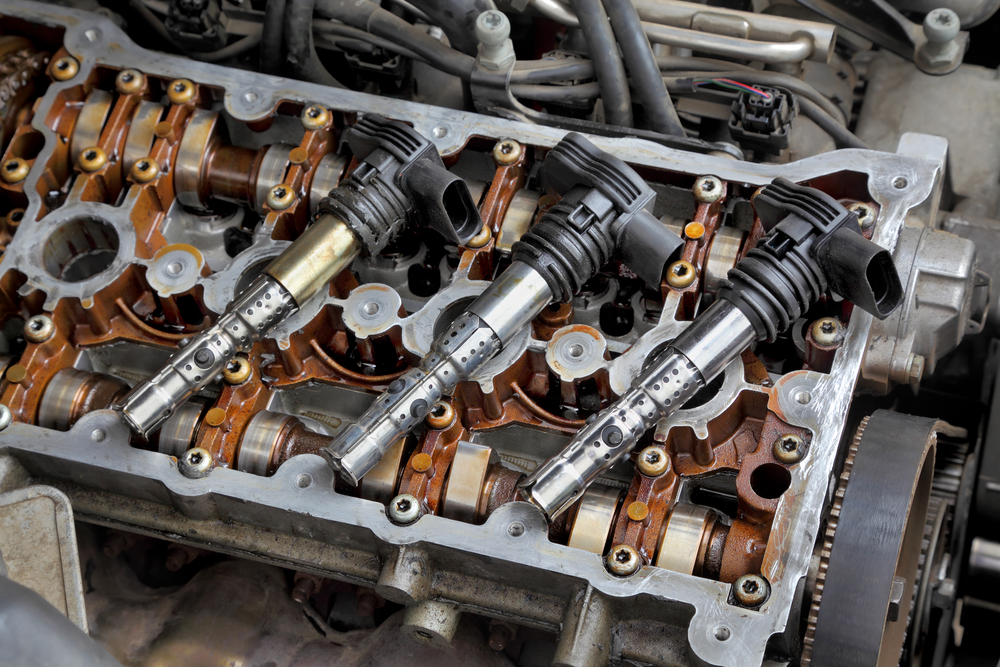Can You Replace a Knock Sensor Yourself
Yes, you can replace a knock sensor yourself if you have mechanical skills and the necessary tools. It’s a manageable task for an experienced DIYer with a good understanding of car engines.
Replacing a knock sensor typically involves locating it on the engine block, disconnecting the electrical connector, unscrewing the old sensor, and then screwing in a new one. Even though it may sound simple, understanding your vehicle’s layout and handling the potential challenges of sensor removal are crucial.
With the prevalence of online tutorials and vehicle manuals, enthusiasts with a knack for troubleshooting and repairs can tackle this project. Keep in mind that proper installation is key as the knock sensor plays a critical role in your engine’s performance, safeguarding it against damage by detecting and helping to prevent engine knock.
The Role Of A Knock Sensor
The Role of a Knock Sensor is crucial to the modern combustion engine’s ability to function efficiently. This small component serves as an ‘ear’ to your engine, listening for specific types of noises that indicate an issue commonly referred to as ‘engine knock’. Understanding its functionality and significance is important for any car owner, especially when considering repairs or replacements.
Detecting Engine Knock
The knock sensor’s main job is to detect vibrations caused by engine knock. Engine knock can occur when fuel burns unevenly in an engine’s cylinders. During these instances, the sensor sends a signal to the car’s computer system. This process helps prevent engine damage by adjusting the engine’s timing when knock is detected.
Impacts On Vehicle Performance
A faulty knock sensor may lead to a noticeable decline in engine performance. Symptoms can include:
- Reduced fuel efficiency, making the car less economical to run
- Increased emissions, contributing to pollution and possibly causing the vehicle to fail emissions testing
- Poor acceleration, with the car feeling sluggish when power is needed
- Rough idling, leading to a less smooth driving experience
Regular monitoring and maintenance of the knock sensor are essential to maintain your vehicle’s performance and longevity.

Credit: m.youtube.com
Knock Sensor Malfunction Symptoms
Is your car acting up lately with unusual noises or reduced performance? These issues might point to a knock sensor problem. Understanding the warning signs can help you diagnose and fix the issue swiftly. Here’s what to watch for:
Check Engine Light Activation
The check engine light is a telltale sign of numerous car troubles, including a failing knock sensor. This warning light on your dashboard should never get ignored. It’s a signal for you to check your vehicle’s health.
Poor Fuel Efficiency
A sudden drop in fuel economy could indicate a knock sensor issue. The sensor’s role in fine-tuning engine performance includes optimizing fuel use. When it fails, you might notice a hit to your wallet at the pump.
Audible Engine Pinging
Do you hear a subtle knocking or pinging sound when your engine is under load? This sound often means your engine’s timing is off. The knock sensor should catch this, but if it’s malfunctioning, the noise will persist.
Tools And Materials Needed For Replacement
If your car’s engine is sounding off, a faulty knock sensor might be the culprit. Replacing a knock sensor is something you can do at home with the right tools and materials. Let’s explore what you’ll need to take on this task.
List Of Essential Tools
Before starting the replacement process, gather the following tools:
- Ratchet and socket set for removing bolts
- Screwdrivers of various sizes
- Torque wrench to ensure proper tightness
- Work gloves to protect your hands
- Flashlight for better visibility
- Car manual for specific instructions
Choosing The Right Knock Sensor
Selecting the correct knock sensor is crucial. Here are key factors:
| Factor | Description |
|---|---|
| Compatibility | Check your car’s model, make, and year. |
| Quality | Opt for OEM or top-brand sensors. |
| Warranty | Aim for sensors with a warranty. |
Step-by-step Knock Sensor Replacement
Step-by-Step Knock Sensor Replacement: Your vehicle’s smooth performance relies heavily on its knock sensor’s accuracy. This small but vital component listens for improper combustions, termed “knocks,” and signals your engine to adjust accordingly. When it fails, replacing it promptly ensures your engine runs optimally. This guide demystifies the knock sensor replacement process, making it accessible for anyone with basic mechanical skills and the right tools.
Locating The Knock Sensor
The knock sensor is typically positioned on the engine block or cylinder head. To locate it:
- Refer to your vehicle’s service manual for exact location.
- Ensure the engine is completely cool before you start.
- Look for a small, round sensor with an electrical connector leading away from it.
Removing The Faulty Sensor
Removing the old sensor is a critical step. Follow these instructions:
- Disconnect the battery to avoid electrical shorts.
- Unplug the electrical connector from the sensor.
- Use an appropriate socket wrench to unscrew the sensor.
Installing The New Sensor
Installation is the reversal of removal. While installing the new sensor:
- Hand-tighten the new sensor into the engine block.
- Avoid over-tightening to prevent damage.
- Apply anti-seize compound if recommended by the manufacturer.
Reconnecting And Testing
To finish up:
- Reattach the electrical connector to the sensor.
- Reconnect the battery.
- Start the engine and listen for any unusual sounds.
- Use an OBD-II scanner to check for error codes.
Common Challenges And Troubleshooting
Replacing a knock sensor can seem daunting. It can be tricky without the right approach. There are some common issues you might face. Read on to troubleshoot effectively.
Sensor Accessibility Issues
Finding and reaching the knock sensor is often a primary challenge. It’s usually buried deep in the engine compartment. You may need to remove other parts to get to it. Follow these tips:
- Refer to the vehicle’s manual for the sensor’s location.
- Clear the area by removing any obstructive components.
- Have a set of socket wrenches and extensions handy for tight spaces.
Dealing With Corrosion
Corrosion can make removal tough. It can bind the sensor to the engine. You need to be careful:
- Use penetrating oil to loosen the corrosion.
- Wait a few minutes after application before attempting removal.
- If stuck, avoid excessive force to prevent breakage.
Ensuring Proper Torque
It’s critical to install the new sensor with proper torque. Too tight can damage the sensor. Too loose can cause poor performance:
- Consult the manual for the exact torque specification.
- Use a torque wrench to achieve the correct tightness.
- Double-check the installation to ensure it’s secure.

Credit: www.jdpower.com
When To Seek Professional Help
Replacing a knock sensor can be a challenging task. It’s essential to know when it’s time to hand over the repairs to a professional. Recognizing the limits of your own abilities could save your vehicle from potential damage.
Assessing Your Technical Skills
Before you attempt to replace your knock sensor, assess your technical skills. Ask yourself:
- Have I done similar car repairs before?
- Do I have the right tools for the job?
- Can I interpret vehicle diagnostic codes?
If you answered ‘no’ to any of these questions, consider professional help.
Risks Of Improper Installation
Improper knock sensor installation can lead to:
- Engine damage—a faulty installation may cause misfires.
- Poor performance—your vehicle might consume more fuel.
- Costly repairs—you might end up paying more for additional fixes.
Don’t risk it if you’re unsure of the proper installation methods.
Finding A Trusted Mechanic
To find a trusted mechanic:
- Check online reviews and ratings.
- Ask friends or family for recommendations.
- Ensure mechanics are certified and specialize in your car’s make and model.
A reliable mechanic will ensure your knock sensor is replaced correctly and safely.
Maintenance Tips To Avoid Future Knock Sensor Issues
Maintaining your vehicle can prevent future knock sensor issues. These sensors are crucial for your engine’s performance. Proper care can save time and money.
Regular Vehicle Check-ups
Regular inspections are key to your car’s health. They allow for early identification of potential issues. Keep a record of check-up dates. This ensures your vehicle remains in top condition. Your mechanic should focus on the knock sensor during these inspections. They assess its condition and connectivity.
Using Quality Fuel
The fuel you use can impact your engine’s performance. Using high-quality fuel wards off deposits in the engine. These deposits can affect the knock sensor’s operation. Opt for reputable fuel providers.
Monitoring Engine Performance
Keep an eye on how your engine runs. Look for signs like strange noises or power loss. These may indicate a faulty knock sensor. Use a diagnostic tool to monitor engine codes. This tool identifies issues before they worsen.
- Attend to unusual noises quickly.
- Address error codes immediately.
Following these tips will help ensure your knock sensor functions well. It also prevents costly repairs.

Credit: www.quora.com
Frequently Asked Questions For Can You Replace A Knock Sensor Yourself
Is Replacing A Knock Sensor A Diy Task?
Replacing a knock sensor can be a DIY task for those familiar with vehicle maintenance. However, it requires careful attention to detail and proper tools. If one is not confident, seeking professional help is recommended.
What Tools Do I Need To Replace A Knock Sensor?
To replace a knock sensor, you typically need a socket set, a torque wrench, and possibly an extension arm. Ensure you have your vehicle’s manual for specific instructions related to your car model.
How Much Time Does It Take To Replace A Knock Sensor?
The time it takes to replace a knock sensor can vary. It typically takes between 1 to 3 hours, depending on the vehicle’s make and model and your mechanical skill level.
Can A Faulty Knock Sensor Cause Engine Damage?
Yes, a faulty knock sensor can cause engine damage over time. It can lead to poor fuel economy, loss of engine performance, and potentially severe engine knock.
Conclusion
Replacing a knock sensor is definitely a task within reach for many DIY enthusiasts. With the right tools and a methodical approach, you can tackle the job confidently. Remember to follow the manual closely and observe all safety precautions. By doing so, you not only save on labor costs but also gain valuable hands-on experience with your vehicle’s inner workings.
Embrace the challenge, and your car will thank you with improved performance.

